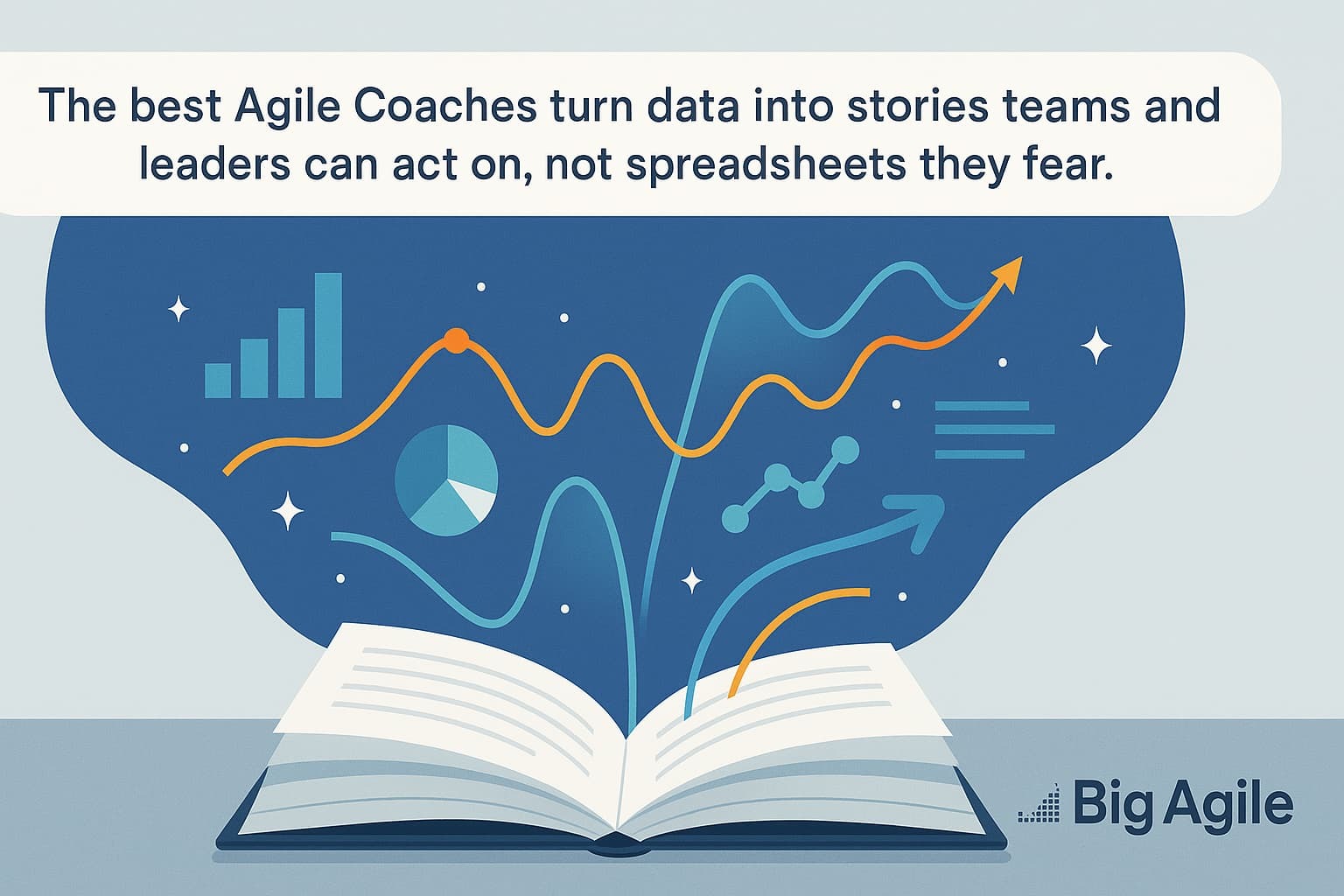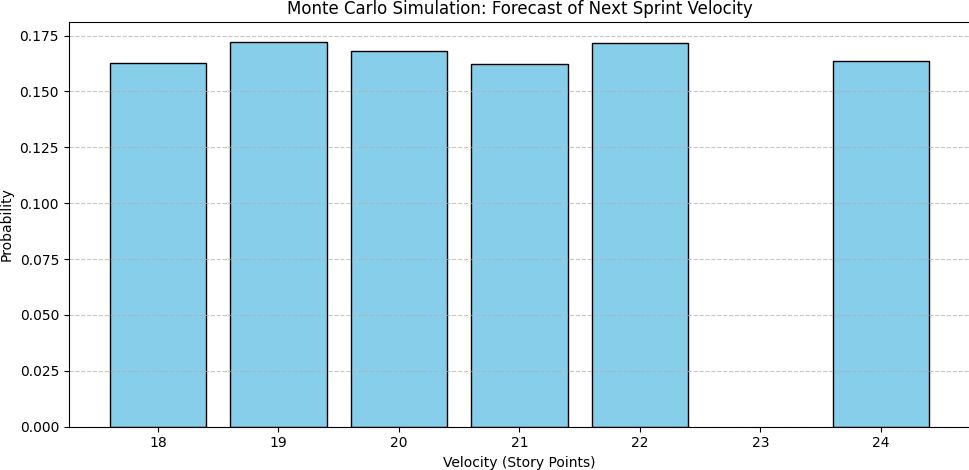
My Journey into Decision Science
When I first chose my college major, I honestly didn’t fully realize where it would take me. I earned my bachelor’s degree at the intersection of Computer Science, Business Applications of Information Technology, and drum roll...Decision Sciences.
I didn’t fully understand what “Decision Sciences" meant then. It sounded technical and a little abstract. However, looking back, I realize that that choice set the foundation for everything I do today.
Decision Science, the study of using data and models to make better choices under uncertainty, has become my passion. It has led me to spend my career helping businesses, products, and agile teams leverage data-driven insights to predict outcomes and minimize risks without falling into the illusion of perfect control.
As technology evolved, I continued my education and earned a Master’s in Data Science and Machine Learning. Once again, the “roll of the dice” (no pun intended) I took years ago lined up: Decision Science isn’t just a niche anymore, it’s the foundation of modern AI technologies we all use today.
Now, I work daily at the intersection of agile coaching, Scrum training, and data science, helping teams make better decisions in complex, unpredictable environments.
Let’s Talk About Your World
You may not have a degree in Decision Sciences.
You may not even have asked for all the daily complexity and uncertainty that Agile teams face.
But it’s here.
Our job as Agile leaders is to help our teams and stakeholders navigate this with wisdom and clarity.
That’s what today’s conversation is about:
Replacing the illusion of control with decision-making mechanisms that minimize risk and empower smarter, more sustainable action.
Let’s dive in (or check out my podcast on this topic).
Why Agile Teams Must Acknowledge Uncertainty
In traditional work management, predictability was king.
Frederick Taylor’s early 20th-century Taylorism aimed to standardize factory work, removing variance and maximizing repeatability.
In modern product development, though, this ideal doesn’t hold up.
- Software evolves.
- Market needs shift.
- Technology changes faster than plans.
Yet many organizations instinctively reach for old tools: rigid timelines, fixed milestones, and exact promises.
Agile exists because complexity is objective.
And pretending otherwise doesn’t make it go away.
Monte Carlo Forecasting: A Better Way to Navigate Risk
During World War II, mathematician Stanislaw Ulam, while recovering from illness and playing endless games of solitaire, realized something profound:
Instead of trying to calculate every possible outcome, you could simulate many random trials and estimate the probabilities.
Later, alongside John von Neumann, Ulam helped formalize what we now call Monte Carlo methods using structured randomness to solve otherwise unsolvable problems, like nuclear physics calculations.
Today, agile teams face a similar reality.
- You can’t predict every dependency, risk, or priority change in advance.
- You can use data from your past performance to simulate likely outcomes (necessarily).
- You can replace illusion with probability, precision with clarity.
Monte Carlo forecasting isn’t about “magic numbers”; it’s about giving teams better radar when navigating uncertain waters.
Check out Trinket.io and run the code from Gist in a sample simulation to see how you can produce graphics to analyze with your stakeholders:

Based on actual delivery data from our last six sprints, this chart shows the probability distribution of potential velocities our team might hit in the next sprint. Each bar represents a possible sprint velocity (e.g., 18, 19, ..., 24 story points, or whatever metric your teams use). The height of the bar reflects how likely that outcome is, based on historical performance. Because our team has been relatively consistent, the probabilities are fairly balanced as each velocity has a 16–17% chance of occurring.
This isn’t a crystal ball, but it gives us a confidence range rather than a single prediction; it helps set realistic expectations with product and delivery stakeholders.
Instead of saying, “We’ll deliver 21 points next sprint,” we can say: “There’s a 70% chance we’ll deliver between 19 and 22 points next sprint.”
It reduces reliance on gut feel or optimism bias and replaces it with data-driven forecasting. It aligns with agile’s empirical mindset: we forecast with what we’ve done, not what we hope to do.
Agile Metrics: Tools for Decision-Making, Not Control
To support more competent Agile leadership, we need the right metrics:
DORA Metrics
- Measure speed and safety of delivery (deployment frequency, lead time, change failure rate, time to restore).
- You can start simply using your CI/CD pipelines and incident logs.
- Focus on team improvement, not industry comparison.
Flow Metrics
- Visualize how work moves through your system.
- Map your board stages clearly (Backlog → In Progress → Done).
- Focus first on waiting time bottlenecks, not only raw speed.
Monte Carlo Forecasting
- Forecast with probability ranges based on historical throughput.
- Short-term forecasts (2–3 sprints) build stakeholder trust.
- Visualize outcomes, think ”weather forecast,” not ”math textbook.”
Each of these metrics offers honest visibility, not false promises.
They empower better conversations, more thoughtful planning, and, most importantly, more resilient teams.
Moving from Control to Empowerment
Monte Carlo, Flow Metrics, and DORA Metrics are not about micromanaging teams or over-engineering plans (of course any metric can be turned and used against it; we have to guard against that in our coaching).
They represent a shift in leadership mindset:
- From pretending we can predict everything...
- To acknowledge uncertainty with courage.
- And from fearfully clinging to plans...
- To confidently adapt based on better sensing and more intelligent decision-making.
This shift isn’t merely tactical, it’s cultural. It fosters trust, psychological safety, and genuine business agility.
Final Thought
At the heart of Agile lies courage, the courage to advance in a world we can’t fully control. Monte Carlo forecasting reminds us that good leaders don’t fear uncertainty; they navigate it.
When we teach our teams and stakeholders to embrace decision science, we cultivate better products and stronger, wiser organizations that are prepared for the future.